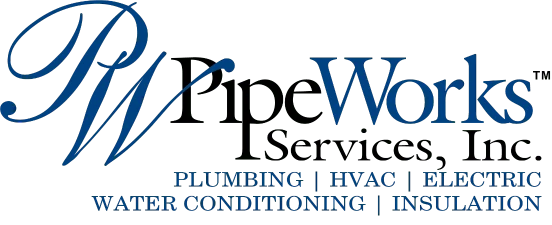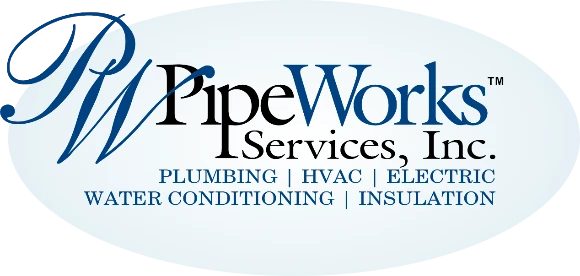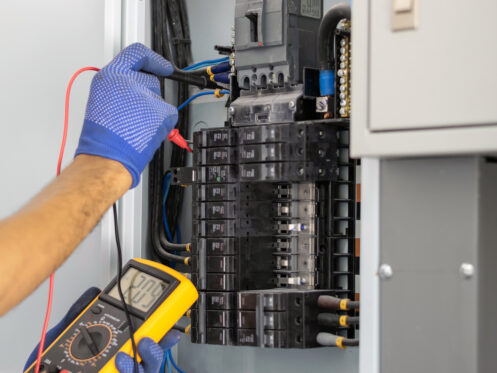Surge protectors help safeguard electronic appliances and devices from sudden spikes in power voltage. These power surges can result from lightning storms, electrical faults, power grid fluctuations, or static electricity transfers. Power surges can destroy critical components in electronics, resulting in system malfunction and device breakdowns. While surge protectors are ideal for shielding your electronics from power spikes, surge protectors can also wear out over time. Using a surge protector that is past its prime can put your household at risk. A look at the top indicators that it is time to replace the surge protector can help ensure the uninterrupted protection of your most important electronic appliances and equipment.
What Is a Surge Protector?
A surge protector is your household’s first defense against sudden energy voltage spikes or power surges. These spikes or surges are the result of rapid increases in electrical current. In the United States, standard electronics usually operate on 120 volts of power. While electronics can handle slight changes in voltage, intense spikes or surges deliver far more electrical current than most devices can withstand. Unfortunately, events like lightning storms or faulty power lines from the utility company can create power surges that negatively affect the equipment in your house.
For example, lightning can strike during a thunderstorm and send a surge into your home through cables or wiring. Similarly, if the utility company switches the electricity source, it can disrupt the flow of electricity to your home and impact all major appliances. A 200,000-amp surge from a fallen power line can deliver high voltage in a few millionths of a second, enough to fry circuit boards or crash plugged-in hard drives. Power surges can also occur when two household appliances exchange static electricity. Any equipment from hair dryers to microwaves can trigger surges that destroy your possessions. Finally, voltage spikes can result from electric overloads or short-circuiting inside of your house. According to the National Electrical Manufacturers Association (NEMA), internal spikes constitute between 60%-80% of power surges that occur within the home.
Surge protectors act as barriers between your electronics and voltage spikes that enter the home through electrical outlets. These devices detect the extra voltage and divert it away from your important equipment. Also known as surge suppressors or power strips, surge protectors can redirect current so that it safely disperses into the ground. For this reason, surge protectors are essential for the safekeeping of computers, televisions, gaming consoles, and smartphones.
What Are Different Types of Surge Protectors?
There are several types of surge protectors that you can install in the home. These include power strips, wall-mounted protectors, rack-mounted protectors, and whole-home surge protectors.
Power Strip Surge Protectors
Power strips represent the most basic surge protectors. These devices consist of a block of outlets that serve several electronics at once. It also has a pliable cord for flexibility. While power strips are economical for protecting small electronics in a designated space like a bedroom, they are limited in terms of protecting very large appliances or items in multiple areas of the home.
Wall-Mounted Surge Protectors
Wall-mounted surge protectors fit vertically on your wall, providing a seamless appearance and easy outlet access to electronics. The style is also easier for enabling features like ground-fault circuit interrupters (GFCI) that help reduce the risk of harm from ongoing electrical currents.
Rack-Mounted Surge Protectors
These surge protectors serve multiple electronics in a lineup. They are popular in server rooms, data centers, and major commercial applications.
Whole-Home Surge Protectors
Whole-home surge protectors are suppressor systems that electricians hard-wire into your home’s service panel. At a minimum, standard whole-home surge protectors are rated to stop a 40,000-amp surge. No matter the part of the home, these devices divert excess voltage to the ground wire.
What Are the Signs I Need a New Surge Protector?
While a surge protector is durable, it is still a form of hardware with a finite lifespan. It is important to remain aware of the symptoms of a bad surge protector and contact a professional if you need to install a new one. Common signs that it is time to replace your surge protector include indicator light warnings, unusual sounds or smells, visible fraying or damage, or inconsistent electronic performance.
1. Power Indicator Light
Most surge protectors have an indicator light to signify that these devices are performing as intended. If this indicator light vanishes or the color changes, the device may have gone bad or sustained extensive damage. Check the owner’s manual for the location of this light and interpret any changes. If you have additional questions, an electrician can also diagnose changes in your indicator light.
2. Flickering Operation Lights
Depending on the model, your surge protector may also have operational lights. These lights should remain strong and steady. If the lights begin to flicker or become intermittent, it could be a sign that your surge protector cannot cope with its current load.
3. Overheating or Burning Smells
All surge protectors have a maximum load capacity indicated in amps or watts. If the number of connected electronics exceeds this load capacity, the surge protector can overheat. Address any smoking or burning smells immediately since overheating can create an electrical fire hazard.
4. Audible Clicking
Some home surge protectors produce a clicking sound as they operate or reset. If the clicking sound becomes irregular or too persistent, your surge protector could be about to shut down.
5. Visible Damage or Fraying Cords
Visible damage is a telltale sign that you need a new surge protector. Common types of visible damage may include the following:
- Cracks or dents
- Exposed wiring
- Fraying cords
- Loose connections
- Scorch marks
- Broken outlets
Once you encounter any of these problems, stop using the device and consult with an electrician to discuss a replacement and address any wiring issues.
6. Frequent Power Surges
If you notice an unusual number of power surges and electronic resets even though your appliances are connected to a surge protector, it could indicate that your surge protector is no longer working. Continuing to use a device that no longer redirects excess voltage can give you a false sense of security and put your belongings at risk. Talk to an electrician about upgrading your surge protector to handle appropriate voltage levels once again.
7. Dated Surge Protector
The life expectancy of surge protectors ranges from two to five years. This means if the age of your surge protector is approaching the 10-year mark, for example, its internal parts may have worn down enough that it no longer works effectively. An older surge protector may also have an expired warranty that prevents you from replacing any internal components, which means it’s best to replace or upgrade the device altogether.
8. Tripped Circuit Breakers
If your surge protector frequently trips the breaker box or repeatedly shuts off power to connected devices, the device may no longer be able to handle sudden voltage spikes. Replace the surge protector before it permanently damages the circuit breaker.
9. Inconsistent Electronic Performance
Electronics that begin to demonstrate sudden malfunctions or random shutdowns can also signify a faulty surge protector. Poor performance is a sign of inconsistent power supply or unhealthy voltage exposure. Because frequent spikes can degrade the interior of important appliances, you’ll be better off replacing your surge protector instead of risking further damage.
Contact Us Today
A surge protector is a must-have tool for preserving electronic devices in your home, turn to us for internal electric services. The experts can help install the surge protector that best suits your home’s needs. Pipe Works Services offers electrical services for homes in Chatham, NJ and surrounding areas. We install whole-home surge protectors and provide professional appliance hookups and wiring. Our electricians perform sub-panel installation and can also install new switches, receptacles, or wiring for phones and cable television. We can help you select low-voltage lighting and also offer 24/7 emergency services for problems that cannot wait. Contact Pipe Works Services today for all electrical needs.





